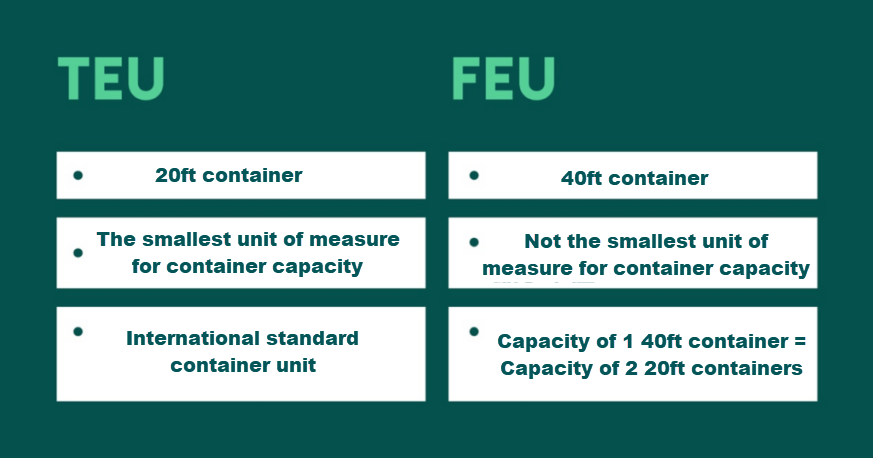-
Shipping Containers
- Container Parts
- Roof Panel
- Side Panel
- Front End Panel
- Door Panel
- Front Corner Post
- Rear Corner Post (Outer/Inner)
- Cross Member
- Bottom Side Rail
- Top Side Rail
- Door Sill
- Front Bottom Rail
- Top End Rail
- Door Header Upper/Lower
- Door Rail
- Floor Spacer
- Angle
- Top/Bottom End Rail
- Door Edge Member
- Door Sealing
- Door Frame Profile
- Door Lining
- Door Hardwares
- Door Gasket
- Side Panel/Lining
- T-Floor
- Roof Panel/Lining
- Cross Member
- Bottom Side Rail
- Top Side Rail
- Ledge PVC
- Kazoo Drain
- Auto Drain
- Alu Tube
- Auto Drain Center Part
- PVC Drain Pipe
- PVC Plugs f. Drain with Ring and Steel Wire
- Door Screw
- Door Screw Nut
- Door Screw Rubber
- Tapping Screw
- Stainless Blind Rivet
- Lashing Ring
- CSC Plate
- Welding Wire
- Tapping Screw Bit
- Vehicle Parts
- Ship Supplies
- 00. Provisions
- 11. Welfare Items
- 15. Cloth & Linen Products
- 17. Tableware & Galley Utensils
- 19. Clothing
- 21. Rope & Hawsers
- 23. Rigging Equipment & General Deck Items
- 27. Painting Equipment
- 31. Safety Protective Gear
- 33. Safety Equipment
- 35. Hose & Couplings
- 37. Nautical Equipment
- 39. Medicine
- 45. Petroleum Products
- 47. Stationery
- 49. Hardware
- 51. Brushes & Mats
- 55. Cleaning Material & Chemicals
- 59. Pneumatic & Electrical Tools
- 61. Hand Tools
- 63. Cutting Tools
- 65. Measuring Tools
- 69. Screws & Nuts
- 75. Valves & Cocks
- 77. Bearings
- 79. Electrical Equipment
- 81. Packing & Jointing
- 85. Welding Equipment
- 87. Machinery Equipment
- Vehicles
- Lashing Tools
- Logistic Tools
ContainersExploring Container Measurement Units and Capacity: TEUAug 25,2023If you're curious about what TEU is and its significance, please read this article. Additionally, you'll learn how to purchase TEU containers from qualified suppliers at optimal prices.
Article Summary
* What is a TEU?
* Size and capacity of the TEU
* The importance of TEU to ports and terminals
* How many TEUs can the world's container ships carry?
* Different kinds of TEUs
* What's the difference between TEU and FEU?
The full name of TEU is Twenty-foot Equivalent Unit, which was originally used to describe a 20-foot container. Over time, TEU has become the standard unit for measuring cargo capacity in the logistics and transportation industry.
Due to their standardized dimensions, TEU containers allow cargo to be moved seamlessly between various modes of transport such as ships, trucks and trains.
What is TEU?
TEU is a standard unit of measurement used in the shipping and logistics industry to quantify the cargo capacity of container ships and terminals, based on the capacity of a 20-foot container. Since container ships and terminals only accept intermodal containers (20ft and 40ft containers), they use TEU as a benchmark to calculate the capacity to carry and handle containers.

TEU size and capacity
TEU containers are suitable for transporting smaller dry cargo, including pallets, boxes, clothing, electronics and grain. The following are the dimensions of TEU containers:
Inner length
5.9m
Inner width
2.35m
Inner height
2.39m
The weight of the container
2300kg
Container Load
25000kg
Volume
33.2m³
How many TEUs can global container ships carry?
TEU is also commonly used to measure the capacity of container ships. For example, some large companies have ships with a capacity of more than 14,500 TEUs, while smaller feeder ships can only carry 1,000 TEUs or less.
Today, one of the most widely used ships in the industry is called a post-Panamax container ship, which can carry between 5,000 and 10,000 TEU. Post-Panamax container ships range in length from 250-299 meters. In addition, there are new Panamax freighters with a carrying capacity of up to 14,500 TEU.
The largest ship types commonly used in the industry are called Ultra Large Container Vessels (ULCVs), with hulls up to 300 meters long and capable of carrying 14,000 TEU or more. The largest container ship named MSC Irina, with a carrying capacity of 24,346 TEUs, will be commissioned in 2023 and sail under the flag of Liberia.
In addition to post-panamax and ultra-large container ships, you can also find small feeder ships with a capacity of 1,000 to 2,000 TEU, large feeder ships with a capacity of 2,000 to 3,000 TEU and large feeder ships with a capacity of 3,000 to 5,000 TEU Panamax ships.
Different Types of TEU Containers
While the 20ft dry container is the benchmark by which container ship capacity and port throughput are measured, there are many other types of containers in the shipping industry, each with its own specific purpose. Let's take a closer look at the following container types:
20ft refrigerated container
Refrigerated containers are commonly used to transport dairy, meat and other temperature-sensitive goods. They have special cooling equipment that can keep the temperature between minus 30 and minus 30 degrees Celsius. meat and other
20ft open top container
Open top containers are open at the top, ideal for loading super-high cargo, and a tarp can be used to protect the cargo.
20ft hard top container
Hard-top containers have a strong removable steel roof and are used for loading large construction materials, machinery and other large cargo.
20ft side door container
The 20ft side door container has a door on one side of its long side, which provides convenience for loading and unloading special-shaped and large cargo.
20 feet frame container
Frame containers have no roof and walls. These containers are perfect for carrying all kinds of large, oddly shaped and extra tall cargo. Lashing rings are used to secure cargo to this type of container.
What is the difference between TEU and FEU?
The length, width and height of a standard TEU container are 6.1 meters, 2.4 meters and 2.4 meters respectively. The FEU (Forty-foot Equivalent Unit) is twice as long as the TEU, 12.2 meters long, and the width and height are consistent with the TEU container. Therefore, FEUs have twice the capacity of TEUs. It should be noted that buying one 40ft container is usually cheaper than buying two 20ft containers. The industry usually uses TEU and FEU to describe the capacity of goods. For example, if you have two 20ft containers and one 40ft container, your total cargo is 4 TEU, or 2 FEU. Here is a brief summary of the main differences between TEU and FEU:

CIMC Equilink provides various types of new and used containers, especially our standard containers, 40 feet container price and 20 feet container price are very affordable.If you are looking for shipping containers for sale, please visit us by email(info.equilink@cimc.com)or submit a quick quote.
Quick Quote
Copyright © 2019 CIMC Equilink - Container Parts

 中文
中文















